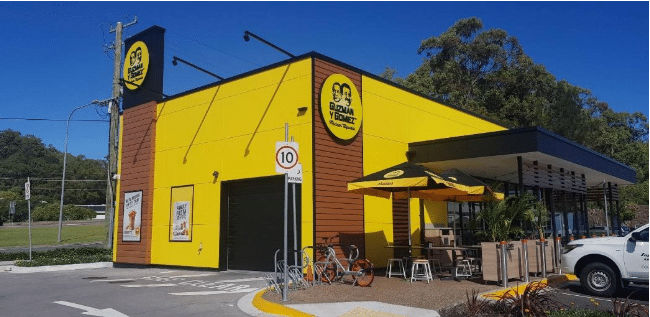Cladding
Using the correct cladding materials for the different types of building construction will save you headaches down the track.

There has been some discussion in the construction industry about the type of cladding to use on your project due to the amount of defects and possible health and Fire hazards caused by the materials used to make some types of cladding.
Tests have shown that some products being used today still contain Asbestos and Safety experts say the material blamed for London disaster is present in thousands of structures and could cost billions to replace.
What is the purpose of Cladding in building construction?
Cladding provides an external skin to a building, with its main purpose to provide protection against the elements, other purposes include thermal insulation, as well as providing aesthetic features to complement the building design.
What types of cladding are available?
There are many types of cladding available, but your choice will depend on your building and aesthetic requirements. The materials used in the construction of different cladding types can range from wood, brick, metal, aluminium to composite blends of cement and recycled products.
As mentioned the aesthetic design will be a key determining factor in cladding selection. Each product provides a different appearance and provides different construction properties. The choice between a linear weatherboard or a facade panel system can satisfy completely different requirements.
As far as price is concerned an FC (fibre cement) linear weatherboard system with concealed fixings is the cheapest option in most cases, middle of the range is a CFC (compressed fibre cement) façade panel with the top of the range being an aluminum composite panel (aluco bond, alpolic) and aluminium linear weatherboards being the more expensive.
- Cladding provides a weather resistant barrier to the external of the building.
- Cladding can also be used to provide sound and thermal insulation.
- Some claddings can provide excellent fire resistant properties.
- All claddings should be installed as per manufacturer’s instructions.
- Aluminium composite claddings should not be cleaned with any chemical cleaning products as it will void its warranty.
- Equitone natura should always be sealed once it has been cut or drilled to avoid water marks bleeding into the sheet.
- Structural steel always needs to be packed when applying steel battens for cladding panels, to ensure straight alignment of walls.
What is the Cladding Process?
Each cladding type has its own specific installation requirements, generally these include the installation of layers of building products to produce a complete weather proof skin to a building structure.
Once the building structure is complete it would be wrapped with a layer of sarking which is a medium weight polymeric building paper designed to keep any moisture out of the building. Heavy gauge steel battens would be applied on top of the layer of sarking and fixed to the structure with a galvanized hex head screw. This creates an air cavity, allowing any moisture to run down the sarking on to the flashing preventing it from entering the building. After the batten installation the cladding is ready to be applied as per the manufacturer’s installation instructions.
